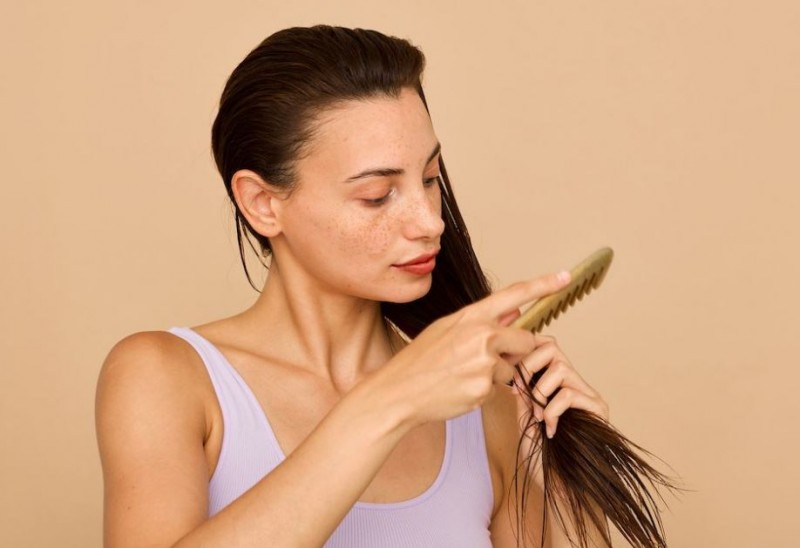
Hair thinning is a common concern for both men and women, often leading to worries about the loss of thickness and volume. Various factors contribute to hair thinning, including genetics, medical conditions, medication side effects, and hormonal imbalances. However, there are proactive measures individuals can take to address this issue and promote hair thickening. In this article, we will explore the causes of hair thinning and discuss expert-recommended strategies to prevent and reverse thinning hair.
I. Causes of Hair Thinning:
Genetics: Family history plays a significant role in determining the thickness and quality of one's hair. If you have a genetic predisposition to thinning hair, you may be more susceptible to this issue.
Medical Conditions: Certain medical conditions, such as thyroid disorders, autoimmune diseases, and scalp conditions like alopecia areata, can lead to hair thinning. It is essential to consult a healthcare professional to address any underlying health concerns.
Medication Side Effects: Some medications can have the side effect of hair thinning. If you suspect your medication is causing this issue, consult your doctor to explore alternative treatments.
Hormonal Imbalance: Hormonal changes, especially during pregnancy, menopause, or as a result of conditions like polycystic ovary syndrome (PCOS), can contribute to hair thinning.
II. Strategies for Preventing and Reversing Hair Thinning:
Dietary Modifications:
To promote hair health, include foods rich in essential nutrients like iron, zinc, vitamin B12, and omega-6 fatty acids in your diet.
Foods such as dairy products, eggs, walnuts, fruits, and vegetables provide these nutrients and support hair growth.
Stress Management:
Stress can exacerbate hair thinning, so it's crucial to find effective stress management techniques.
Relaxation methods like head massages and regular exercise can reduce stress levels and promote overall well-being.
Hairstyle Considerations:
Avoid tight hairstyles like high ponytails, as they can exert excessive stress on the scalp, potentially leading to hairline pulling and thinning.
Opt for loose hairstyles that don't create tension on the scalp, allowing your hair to grow naturally.
Proper Hair Care:
Choose the right hairbrush or comb suitable for your hair type and scalp.
When combing wet hair, use a detangler to prevent hair breakage.
Be gentle when combing or brushing your hair, especially when it's wet, to avoid damage.
UV Protection:
Excessive exposure to sunlight can also contribute to hair thinning. Protect your hair from harmful UV rays by wearing a hat or using hair care products with UV protection.
Consult a Professional:
If you notice significant hair thinning, it is advisable to consult a dermatologist or hair specialist. They can diagnose underlying issues and recommend appropriate treatments.
Conclusion:
Hair thinning is a common concern, but with the right knowledge and proactive steps, individuals can address this issue and promote hair thickening. Understanding the causes of hair thinning, making dietary adjustments, managing stress, adopting suitable hairstyles, and practicing proper hair care are essential strategies for preventing and reversing thinning hair. Additionally, consulting a healthcare professional can provide personalized guidance and treatments to address the specific causes of hair thinning, ensuring a healthier and thicker mane. Remember that hair care is not one-size-fits-all, and a tailored approach is key to achieving the best results.
If you want to get rid of thin hair, then follow this easy method.